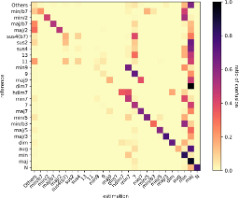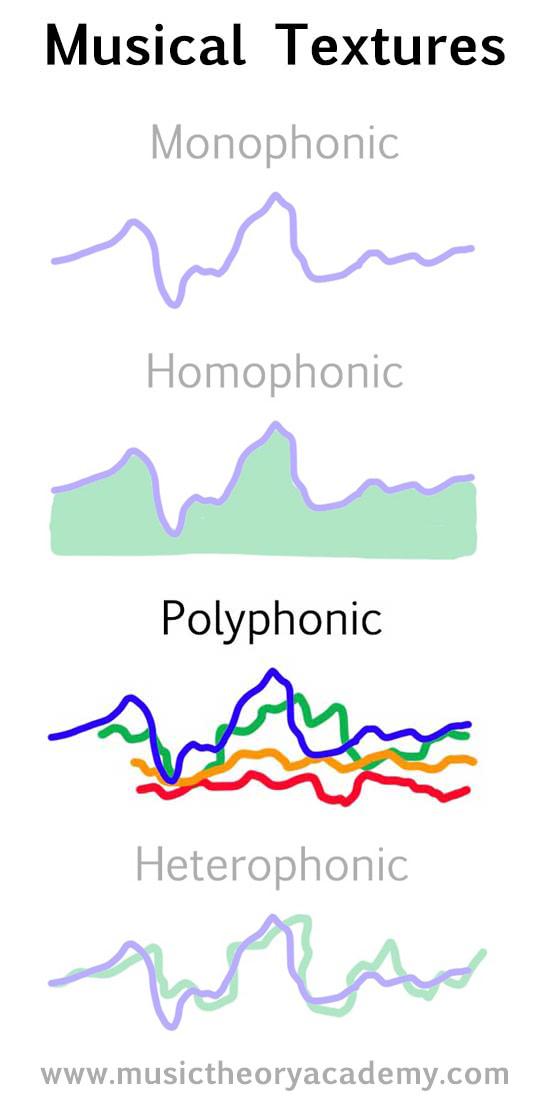Nevertheless, we found the use of ACR for the #RomChords project to be limited.
ACR is a classification task that analyses audio signals to compare and categorise harmonic content into *predefined* chord labels.
While this method estimates very well the common progressions in functional harmony, it doesn’t quite know how to handle less common chords and voicings (such as the “dimenzovaný” chord” mentioned above) as they are not usually found in the *predefined* labels.
🧵5/20
Another method we considered was the #PolyphonicDetection.
This method focuses on identifying and extracting individual notes from musical textures by analysing frequency components, onset times, and timbral features using techniques such as spectral decomposition, pitch tracking, and machine learning-based transcription methods.
🧵6/20

